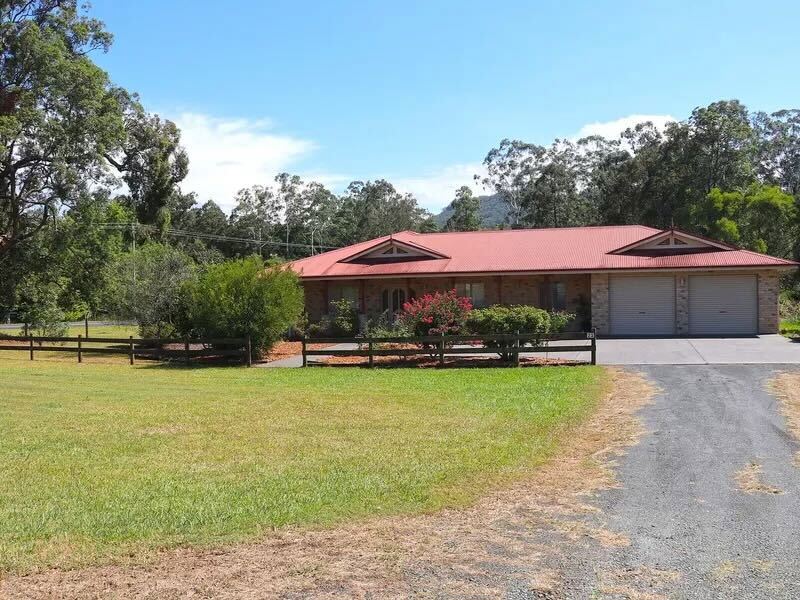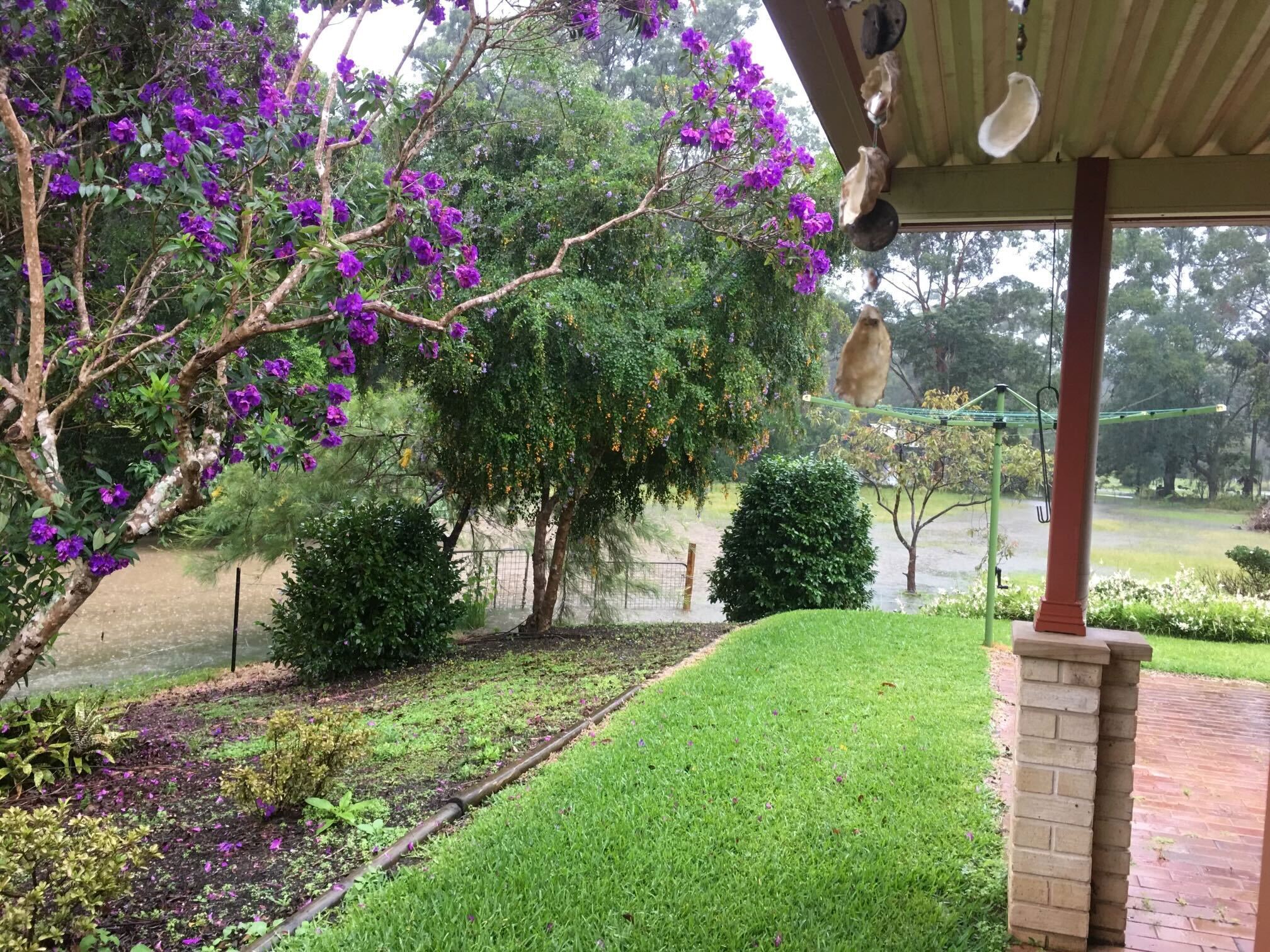In 2020, Stephanie Henderson was paying $94 a month for home and contents insurance. Today, that bill has skyrocketed to $600.
That's an increase of almost 600 per cent over four years, a spike she calls downright "ballistic".
"We're pensioners. Between that and our health fund, half our income goes out. It's horrible. I'm pulling on savings just to pay bills," Henderson told 9news.com.au.
READ MORE: Instagram is making dramatic changes affecting all teenage users. This is what they mean for you
"I don't know where they get off with this."
Home insurance prices are on the rise and Canstar research shows that annual premiums have increased an average of 13 per cent over the last 12 months.
That's about an extra $286 annually.
The highest premiums are in Queensland's northern region, while premiums in South Australia have seen the most significant percentage spikes.
But the Hendersons live nowhere near those hotspots.
Have you got a story? Contact reporter Maddison Leach at mleach@nine.com.au
Their three-bedroom home sits on just under a hectare of land in Lansdowne, on NSW's Barrington Coast, about 20km inland from the nearest beaches.
It also backs onto a small creek.
Most Australians would love a home so close to the water, however Henderson claims that's exactly what made her insurance premium shoot through the roof.
Lansdowne was caught up in the floods that devastated much of Australia's east coast in March 2021 and though the Hendersons' house wasn't affected, the premium started shooting up after the water receded.
"It has just gone ballistic [since] the floods. Not that we ever made a claim," Henderson said.
"Every blade of grass on our place went underwater … but the house is well built up to cope with that, so we were well clear of the floods."
READ MORE: 'People are dying': Calls for change as Aussies wait 466 days for drugs to be added to PBS
Husband Craig had to make a last-minute dash into the rising waters to rescue four sheep they had on the property at the time.
"He was watching Vera on TV, and the TV blinked off. He thought, 'I'll go out and do a last-minute check on the sheep', and they were almost up to their chests in water," Stephanie said.
"He had to wade out with a rope and a small torch in his mouth and get one sheep at a time."
Thankfully, he was able to rescue all four animals without being pulled downstream and tie them to the verandah, which floodwaters never reached.
Having seen the devastation left in the wake of the floods, Henderson understands why their insurance premiums would be higher than most but says $600 a month is outrageous.
Earlier this year, she set out to find a cheaper policy but claims most companies flat out refuse to insure her home.
"Half the insurance companies, they hear [the postcode] 2430 and won't touch you," she claimed.
"They'd say, 'we're not ensuring that postcode'. End of statement."
Henderson claimed the companies said her home was too "high risk" but wouldn't give specifics.
She assumed it came down to the risk of more flooding.
As sea levels rise, about 370,000 residential homes in Australia have been rendered almost uninsurable due to their risk of coastal flooding and erosion, per Monash University and AON research.
Homes in high-risk areas like Old Bar in NSW, just 20km from the Hendersons' home, are excluded from many insurance policies due to what's called the "actions of the sea".
Others are excluded due to inland flooding risks.
READ MORE: Why 1.9 billion people are obsessed with Pesto, the giant king penguin chick at a Melbourne aquarium
"Homeowners can still purchase insurance, and the insurance will cover them from claims, except those caused by actions of the sea" or inland flooding, Sharanjit Paddam, actuary and lead author of the Actuaries Institute's Home Insurance Affordability and Home Loans at Risk report, told 9news.com.au.
Paddam explained that the spike in climate-related disasters like floods and fires across Australia over the last few years is a major factor in the rising cost of insurance, with people in high risk areas facing high premiums and insurance exclusions.
"Consumers are now paying the cost of delayed action on climate change," he said.
The Hendersons have had to dip into their savings to cover their $600 a month insurance bill and fear what will happen as the cost of living crisis worsens.
"I do have a little bit of money that I managed to eke away on super but that's going fast, and when it runs out, it runs out. Then we'll stop insuring," Henderson said.
Canstar predicts that more Aussie homeowners could be driven to cancel or forego renewing their policy as premiums and the cost of living skyrockets.
For Henderson, who is still desperately hunting for a more affordable policy that doesn't seem to exist, going without insurance is starting to feel like her only option.
FOLLOW US ON WHATSAPP HERE: Stay across all the latest in breaking news, celebrity and sport via our WhatsApp channel. No comments, no algorithm and nobody can see your private details.






